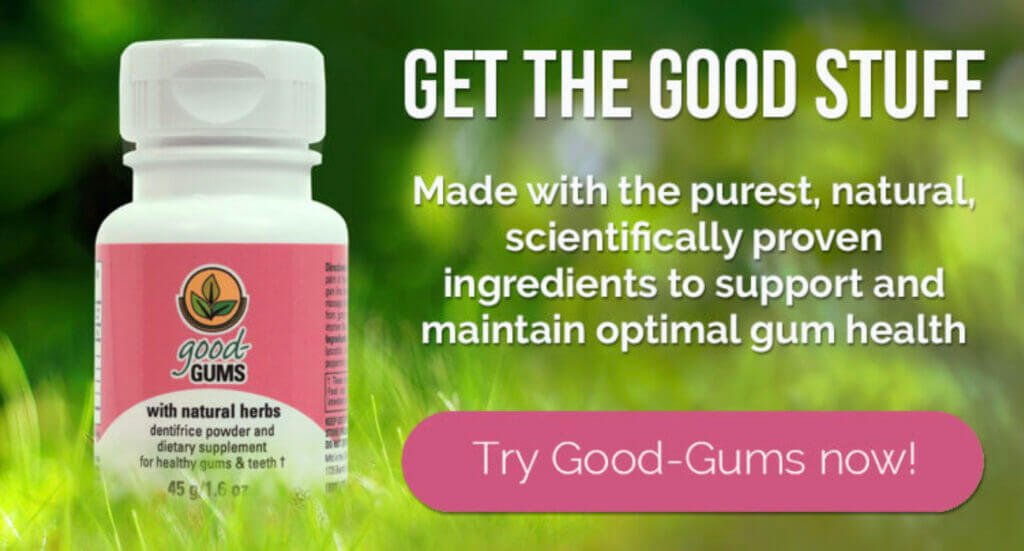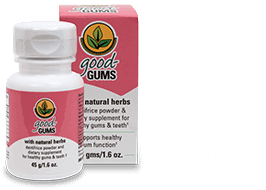5 Common Mistakes People Make in Their Oral Care Routine

Much like crafting a skincare routine for radiant skin, establishing a proper dental hygiene routine is essential for achieving a healthy smile. However, we know that navigating the world of oral care can be daunting, and without the right guidance, it’s easy to fall into habits that harm your teeth and gums.
Don’t worry—we’re here to help! Let’s examine five common mistakes people make in their oral hygiene habits and give you some practical tips for improvement.
Improper Brushing Technique
Consistent brushing is essential for maintaining the health of your teeth and gums, yet many of us aren’t aware we may be doing it, well, wrong!
The primary purpose of brushing is to remove the soft biofilm of plaque (and to disrupt the colonies of bacteria that cause plaque) while the plaque is still soft and easy to remove and before it has had time to become a hard calcification. The place where plaque-forming bacteria “set up shop” is down in the crevices where the gums meet the teeth (the gum line), and this area should be the focus of your brushing. Angle your toothbrush 45-degrees and nestle some of the bristles into that crevice, and then wiggle the brush head 8 to 10 times, before moving to the next tooth (to nestle in the bristles and then to do 8 to 10 wiggles for that tooth). Move from tooth to tooth; do the crevices both on the outer and inner surfaces of each tooth. (The surfaces between the teeth will be addressed by flossing.)
The effect of this brushing technique is to loosen the plaque and to disrupt the plaque-forming bacterial colonies in the sites that (if left undisturbed) would have become prime spots for infection of the gums to start. If your brushing includes the use of an herb that loosens the grip of plaque (such as found in Good-Gums), or includes the addition of a vitamin that’s crucial for the formation of new healthy gum cells (also in Good-Gums), then this brushing technique is even more effective for supporting healthier gums.
The main purpose of brushing is not to polish the enamel that you can see in the mirror, although a quick polish of the enamel is fine to improve aesthetics. But to remove plaque, we don’t recommend vigorous left-and-right or up-and-down brushing motions at the gum line
Dental professionals caution against excessive brushing, which can have negative consequences. Overbrushing, also known as “toothbrush abrasion” in dental terms, not only erodes tooth enamel but also can result in soreness and inflammation of the gums, potentially leading to gum recession. As reported by the Wall Street Journal, dentists approximate that 10 to 20 percent of the population in the country have incurred damage to their teeth or gums due to overbrushing.
Read “Stop Overbrushing. It’s Hurting Your Gums” for more information.
Tip for Improvement: Opt for a soft-bristled toothbrush, nestle some bristles into the gumline and use gentle, circular motions to remove plaque more effectively. Don’t forget to brush your tongue to remove bacteria and maintain fresh breath.
Forgetting to Floss
We know flossing isn’t exactly the most enjoyable part of your oral health routine, which is why many people leave it out altogether, but it’s absolutely essential if you want to keep your teeth and gums in tip-top shape.
In essence, flossing reaches areas between teeth where a toothbrush can’t reach. It isn’t solely about removing food particles but primarily about scraping away plaque-producing bacteria before it hardens into tartar, which can only be removed by professional tools once formed.
Tartar harbors bacteria, particularly in sugary and acidic environments, leading to gum irritation and inflammation due to bacterial toxins. This inflammation marks the initial stage of gum disease, gingivitis, which can progress to more severe forms like periodontitis if untreated. Since plaque continually accumulates, regular removal is crucial for oral health maintenance.
Read “To Floss or Not to Floss” for more information.
Tip for Improvement: Make flossing a daily habit. Use dental floss or interdental cleaners to clean between each tooth, gently sliding the floss up and down to remove debris and plaque buildup.

Ignoring Regular Dental Check-ups
We get it. Life gets busy, and we know there’s 100 better things to do than get our teeth cleaned. But it’s another one of those oral health habits that’s essential for your oral health and crucial for early detection and treatment of dental issues.
All our efforts to help you look after your oral health are wasted if you have allowed your teeth to become armored with layers of calculus (calcified plaque known as tartar), which have cemented onto your gum line.
Calculus is so hard in its consistency that neither flossing, brushing, or interdental cleaners can remove it. It also acts as a barrier to the absorption of any topical solution you apply. So if you’re using our 100% natural tooth and gum formula, Good-Gums, then all the wonderful vitamins and minerals that are present will have a lot less of an effect on helping the state of your oral health.
The only way to remove calculus is to have a dental cleaning! Delaying dental visits can lead to more extensive and costly treatments for problems that could have been prevented or treated early.
Read “Why You Should Never Skip A Professional Dental Cleaning” for more information.
Tip for Improvement: Schedule regular dental check-ups every six months, even if you’re not experiencing any dental problems. Professional cleanings and examinations can help maintain oral health and prevent dental issues from worsening.
Underestimating the Importance of Nutrition
Sugary and acidic foods contribute to tooth decay by providing fuel for bacteria that produce acids, leading to enamel erosion and cavities. Poor nutrition can weaken the immune system and increase susceptibility to gum disease.
It’s no surprise that our ancient ancestors had perfect teeth and gums; they are a completely raw, unrefined, and nutritious diet. We understand that with what’s available in Western modern-day societies today, especially in cities, it can be very hard to eat a totally primitive diet. However greater awareness of the food we are consuming is becoming of increasing importance if we want to maintain adequate oral health.
Read “How Does An Anti-Inflammatory Diet Help Reduce Gum Disease?” for more information.
Tip for Improvement: Try to limit sugary and acidic foods. Increase intake of fruits and vegetables rich in vitamins and minerals to promote strong teeth and gums. Stay hydrated by drinking water to stimulate saliva production and neutralize acids in the mouth.
Using toxic Toothpaste or Mouthwash
Most people aren’t as concerned with checking the ingredients in their toothpaste and mouthwash as they are with the food they eat, but the truth is, many kinds of toothpaste and mouthwash on the market today are packed full of very harmful ingredients that, over time, can have an extremely detrimental effect on your body.
Your mouth is one of the most absorbent parts of your body, so all those nasty chemicals and toxins found in conventional kinds of toothpaste enter your bloodstream through your mouth and gums and are transported to the rest of your body.
Read “Toxic Ingredients in Your Toothpaste” and “The Toxic Truth About Your Mouthwash” to see the ingredients to watch out for.
Tip for improvement: Always go for natural products. Good-Gums all-natural solution for gum health is completely free from all chemicals, toxins, GMOs, fluoride, carrageenan, SLS, parabens, triclosan, artificial colors, flavors and sweeteners, propylene glycol, SLS, SLES, glycerin, or synthetics of any kind. It has absolutely no nasty stuff whatsoever. Good-gums is also 100 % cruelty-free and vegan and is completely safe to ingest.
We have approximately 700 strains of bacteria in the mouth – some beneficial, some harmful. Rather than kill good bacteria, which is what most conventional kinds of mouthwashes and toothpaste do, Good-Gums supports your body’s natural efforts to create a balanced microbiome so good bacteria can thrive.
Our intention here at Good-Gums is to bring people back to basics by using raw, simple, and natural ingredients that were once used before artificial ingredients and harmful chemicals were added to what most people clean their teeth with today.
Find out more about how we make our all-natural tooth and gum formula here.
By understanding the reasons behind these common mistakes and implementing the tips for improvement, you can enhance your oral hygiene routine and maintain a fabulous, healthy smile.
Remember, what’s good for your gums is good for you!
Click here to try our Good-Gums all-natural tooth & gum formula.

Subscribe To Our Newsletter
Be the first to receive all our news, offers and natural oral health tips and articles.


